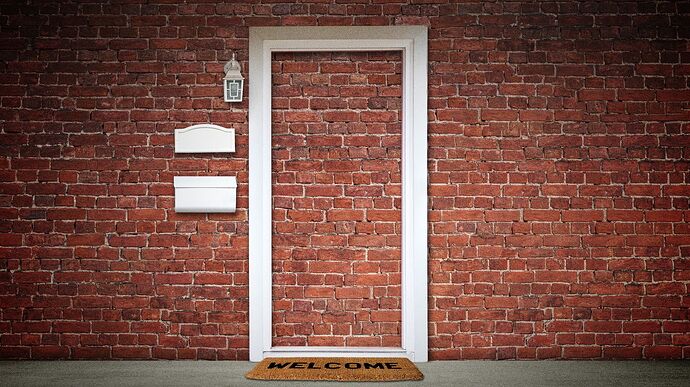https://www.axios.com/local/des-moines/2025/10/27/des-moines-affordable-housing-shortage
Why it matters: With fewer affordable options left, many renters are one unexpected expense away from losing their homes, says Matt Hauge of the Polk County Housing Trust Fund.
State of play: As the Des Moines metro rapidly grows, “naturally occurring affordable housing” is steadily disappearing, Hauge tells Axios.
- These are homes and apartments that remain affordable without government subsidies or rent restrictions, often because of the building’s age or condition.
How it works: Since the pandemic, investors have increasingly turned from commercial to multifamily real estate, and they see Des Moines as a market with room to grow, Hauge says.
-
Developers will update older apartment buildings, then raise rents to boost revenue.
-
“Because Des Moines has historically had lower rents than many other parts of the country, we’re looked at as a community with quite a bit of upside,” Hauge said.
By the numbers: In the Des Moines metro, a family of four earning less than $34,350 is considered extremely low-income, per the U.S. Department of Housing and Urban Development’s FY 2025 limits.
- In 2023, out of Iowa’s extremely low-income households, 34% included workers, but the majority were on fixed incomes – 31% seniors, and 24% people with disabilities, per the National Low-Income Housing Coalition.
As of 2022, the Des Moines metro had just 23 affordable and available housing units for every 100 extremely low-income households, according to the coalition.
- That’s below Iowa’s statewide average of 42 units and the national average of 34.
Zoom in: Naturally occurring affordable housing losses include the Jefferson Apartments, which closed in 2021.
-
Krause Group did not immediately respond to Axios when asked about plans for the vacant complex.
-
Hotel Randolph also served as a transitional living space for low-income residents until 2013. Now, it’s apartments called The Randolph.
What they’re saying: Des Moines has fewer affordable housing options because it has a higher concentration of low-income residents, and it’s growing faster than much of the state, Hauge said.
-
The city’s older housing stock makes it appealing, both to families looking for lower rents and to developers eager to renovate and raise prices. Meanwhile, the suburbs have higher-priced, newer homes.
-
“In a place like outer Urbandale, it was a cornfield 10 years ago, so there weren’t any apartments at all at that lower end of the market,” Hauge said.
The bottom line: Polk County is ramping up plans to add more housing as part of a new five-year blueprint addressing homelessness.
{“uri”:“axios.com”,“dataType”:“news”,“title”:“Axios”,“description”:“Smart, efficient news worthy of your time, attention, and trust”}axios.com
